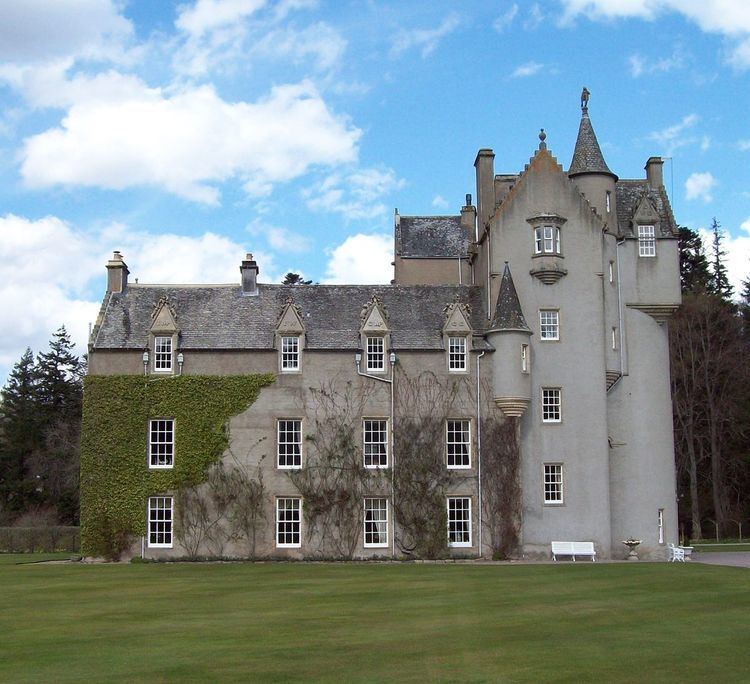Phone +44 1807 500205 | Built 16th century | |
 | ||
Similar Balvenie Castle, Brodie Castle, Braemar Castle, Delgatie Castle, Cawdor Castle Profiles | ||
Ballindalloch Castle, known as the "pearl of the north", is a Scottish castle located in Banffshire, Scotland. It has been the family home of Macpherson-Grants since 1546.
Contents
Scotland travel ballindalloch castle
History
The first tower of the Z plan castle was built in 1546. After it was plundered and burned by James Graham, the first Marquess of Montrose, it was restored in 1645.
Extensions were added in 1770 by General James Grant of the American Wars of Independence (whose ghost is said to haunt the castle) and in 1850 by the architect Thomas MacKenzie. Further extensions carried out in 1878 were mostly demolished during and modernisations enacted in 1965. It has been continuously occupied by the Russell and Macpherson-Grant families throughout its existence.
The castle houses an important collection of 17th century Spanish paintings. The dining room of Ballindalloch is said to be haunted by a ghost known as The Green Lady.
The castle grounds contain a 20th-century rock garden and a 17th-century dovecote. The rivers Spey and Avon flow through the grounds, offering excellent fishing. The famous Aberdeen Angus cattle herd resides in the castle estate.
Today, the castle is still occupied by the Macpherson-Grant family. It is open to tourists during the summer months and a number of workshops on its grounds are in active use.
Traditions
It is said that the original intention was to build at a better site defensively, but when building commenced whatever was built in the day was thrown down at night. Eventually the laird, annoyed by the problem, heard a mysterious voice saying "Build in the cow-haughs, and you will meet with no interruptions." He did so, and there was no further problem with the building.
